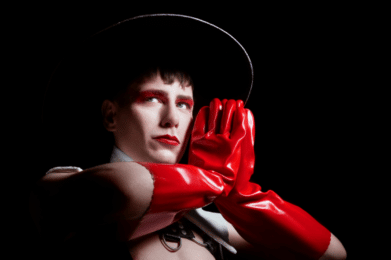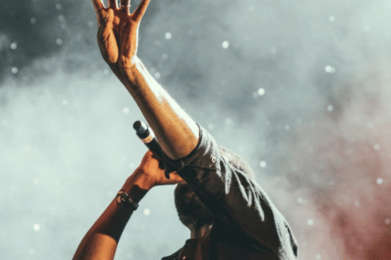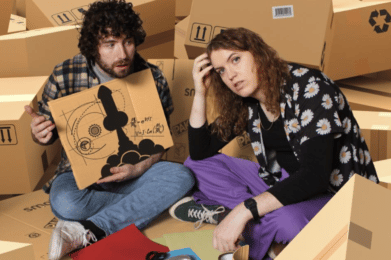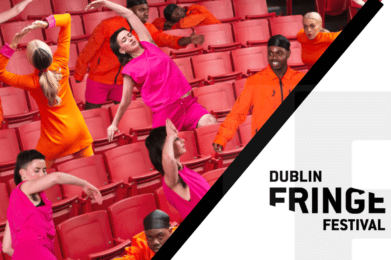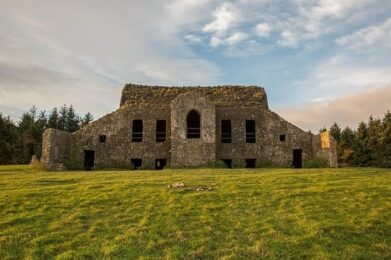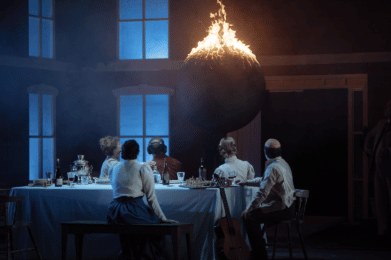Interview with Vanessa Jones: “I think that meaning comes from the seeking of a true likeness, which is an idea I like to contemplate in my own work.”
Vanessa Jones, originally from Tennessee and now a Dublin-based artist, is known for her vibrant, surreal-like self portraits. She talks to us about her figurative work the treatment of the female figure in the art world, and her future projects.
Tell us about yourself!
I am a mom and artist living in Dublin since 2006. I moved here from New York City and am from Nashville, Tennessee. I worked at the Frick Collection in New York before moving to Ireland where I worked at IMMA here in Dublin on and off from 2009 to 2017 in various roles. In 2017, I took a career break to go back to school and get my MFA at NCAD and am now a part time lecturer in the painting department there.
Can you tell us about your art?
I am mainly a figurative painter using self-portraiture exploring the history of painting, heritage and the feminine embodied in paint. I like to play with symbols and iconic figures in my paintings, hopefully, giving the viewer moments of familiarity that are built into the history of painting.
Can you tell us a bit more about your self-portraits?
Like many female painters, the self-portrait comes from convenience – a figure to paint – but it means more than that. I think that meaning comes from the seeking of a “true” likeness, which is an idea I like to contemplate in my own work. The repetitive pursuit of painting the same image over and over again does something to the paintings as well. It makes my likeness more universal, I guess, and less individual. I also find the treatment of the female figure, or the feminine in the figure (take for example the Kritios boy), in the history of art fascinating as a reflection of culture. I like to equate it with the S-curve or the serpentine line.
You have an interesting “dream-like” style to your work. Can I ask what your influences are as an artist?
Thank you for calling it “dream-like.” In my current exhibition, I try to play with this using literature and the way many female 19th century writers, particularly the Brontës, would address the reader to let them know that this is fiction but true. The paintings express what cannot be in reality but are also representational. Sort of a hyper-reality, I guess, but not realism. I think this is why I love French medieval art and the early renaissance work of Botticelli.
I also realised in the Hortus Conclusus exhibition that the device I used for reference images created a kind of unnatural light and colour. I went the Hallyu! Exhibition at the V&A, and it did a great job of playing with the way colour is represented in Korean culture in the past and now, being that they are the leaders in digital technology. Their pinks, reds and greens are so graphic and made for a digital device. Unknowingly at first, I tried to bring this digital colour to my work. I think that it plays with the “familiar” in the same way that I use art historical references in my paintings. We all know that type of light and colour saturation that comes from a digital world.

Can you tell us about your experience as an artist from the states and Ireland?
I have been here since 2006, since I was 25, so I feel like I have grown up as an artist and an adult in Dublin. What I knew of the art world in The USA was really from New York Museums and Galleries working at the Frick Collection, which I’d say wasn’t really reflective of the art scene for most artists. That academic and blue chip idea of art always sort of made the art scene feel impenetrable. In Dublin, the art scene has always felt accessible by comparison with wide reaching connections globally. I started at IMMA when Enrique Juncosa was the Director and continued under Sarah Glennie, both of whom gave Dublin access to cutting edge and international artists. Not only that, they seemed to place Irish artists within that international context. I learned a lot just through observation. IMMA also had the knack for having small blockbuster exhibitions a year or two before the larger London or New York versions. I got to see Hilma af Klint in As Above So Below when her work was barely on the radar of international audiences.
We also know that you’ve been a recipient of many art and residency awards, most recently the RDS Mason Hayes & Curran LLP Centre Culturel Irlandais Residency Award 2021 in Paris! What was that like?
That was wonderful. The light in Paris, in France, is something else, hence all the Impressionists, but it was hard being away for three months with a six-year-old back in Ireland. We coordinated going back and forth between Dublin and Paris, and I sent her off to my parents in the States in July with her Dad. She ended up spending much of August with me in France. I think, for my daughter, it was the best summer ever. It felt very ascetic at first having so much time to myself. It was a dream visiting the Musee Cluny and other museums without a schedule as well as the Apocalypse Tapestries and travelling around the Loire valley through rose farms all while having a studio at the Centre Culturel Irlandais. I think that I came back with a greater understanding of Medieval art from France. I found that all of the symbols and iconography in French Medieval art came directly from the land that it was made. It seems obvious, but, well, the realisation felt profound. I remember my French friend suggesting we visit the Dungeon at the Chateau Vincennes on the hottest day in Paris, because it would be cool there…and it was. I hardly knew we had a heatwave that day, and it suddenly made sense of the medieval building.
What t has been the most rewarding art experience you’ve had so far?
I just had my first solo exhibition, Hortus Conclusus, open at the RHA Ashford Gallery on the 30th of March. It was the first time I thoughtfully had to work towards a single body of work and towards a comprehensive realisation in a really dedicated way. It was a process that felt slow and long until it wasn’t. Suddenly two months out, I worried I’d have nothing finished! Around January, my original idea of the Hortus Conclusus was transformed around cabbages and snails when I discovered a Korean Folk Tale that seemed to bind all my ideas together. Bar one painting that I did in Paris, I started all of my paintings over for the exhibition in January. It made time very tight but definitely more rewarding.
Any future projects you want us to keep an eye on?
I’ve had a collaboration on the backburner with the friend from the Dungeon, French tapestry artist Bettina Saroyan, around the Unicorn Tapestries. We did a bit of research together when I was in France over the summer. That realisation has yet to happen, but it is one I think about often and communicate with Bettina about a lot. It’s like meditating on medieval thought when contemplating the unicorn. It also brings up a lot of contemporary ideas around the digital world and, again, that idea of unnatural light.

To contact or learn more about Vanessa Jone’s work, follow her on social media and check his website:
website: Vanessa Lee Jones
Instagram: @vanessaleejones81
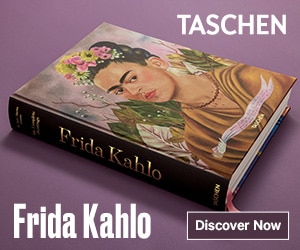
Latest Exhibitions
Harry Clarke’s – Stained Glass
Staying with the Trouble
More News

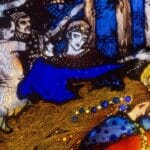
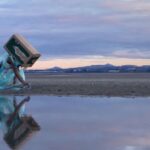

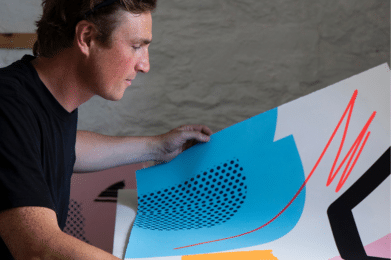
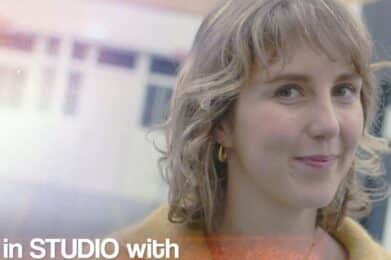
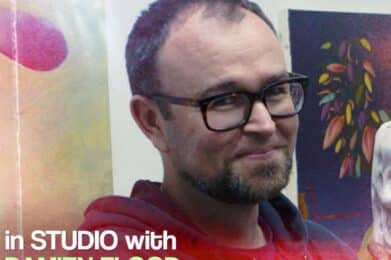

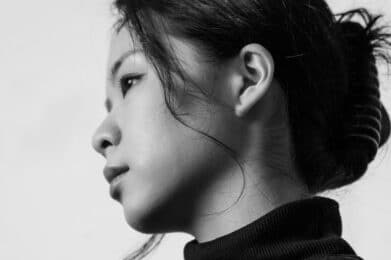
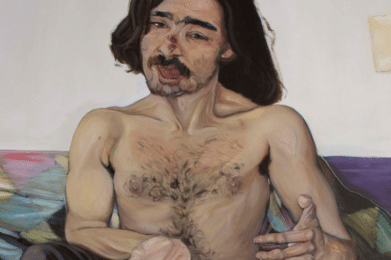
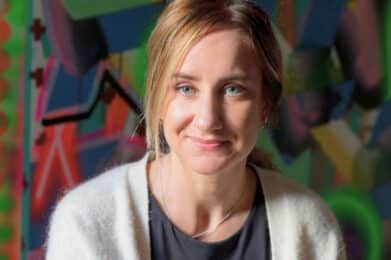
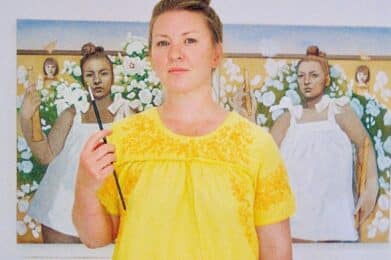
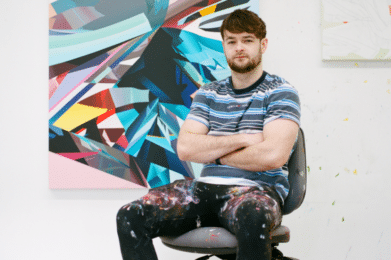

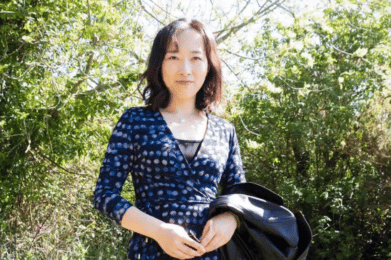
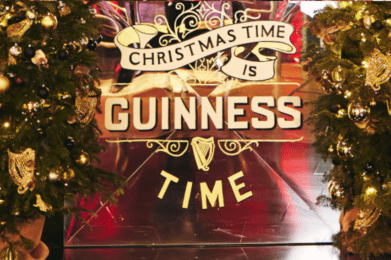
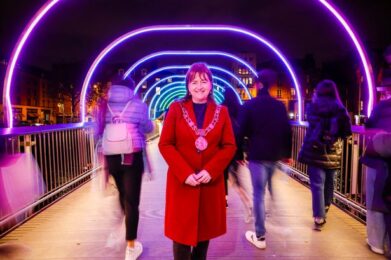

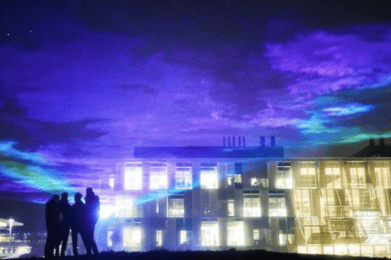

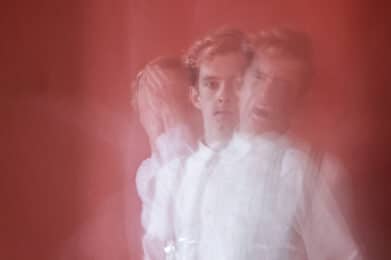
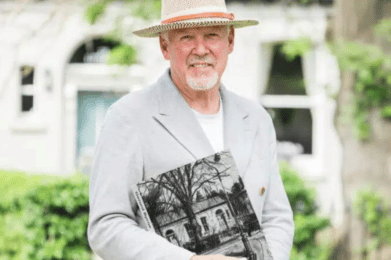

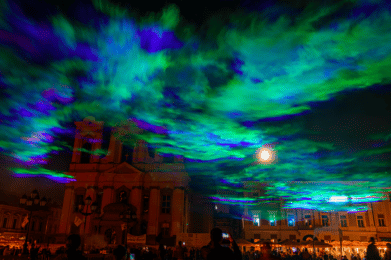

![Conversation with Maser: “I found graffiti definitely was the vehicle for me to be able to really explore what I wanted to do, meet similar peers that had the same sort of mindset as me […]”](https://dublinartlife.com/wp-content/uploads/2022/09/DAL-Interview-4-391x260.png)
